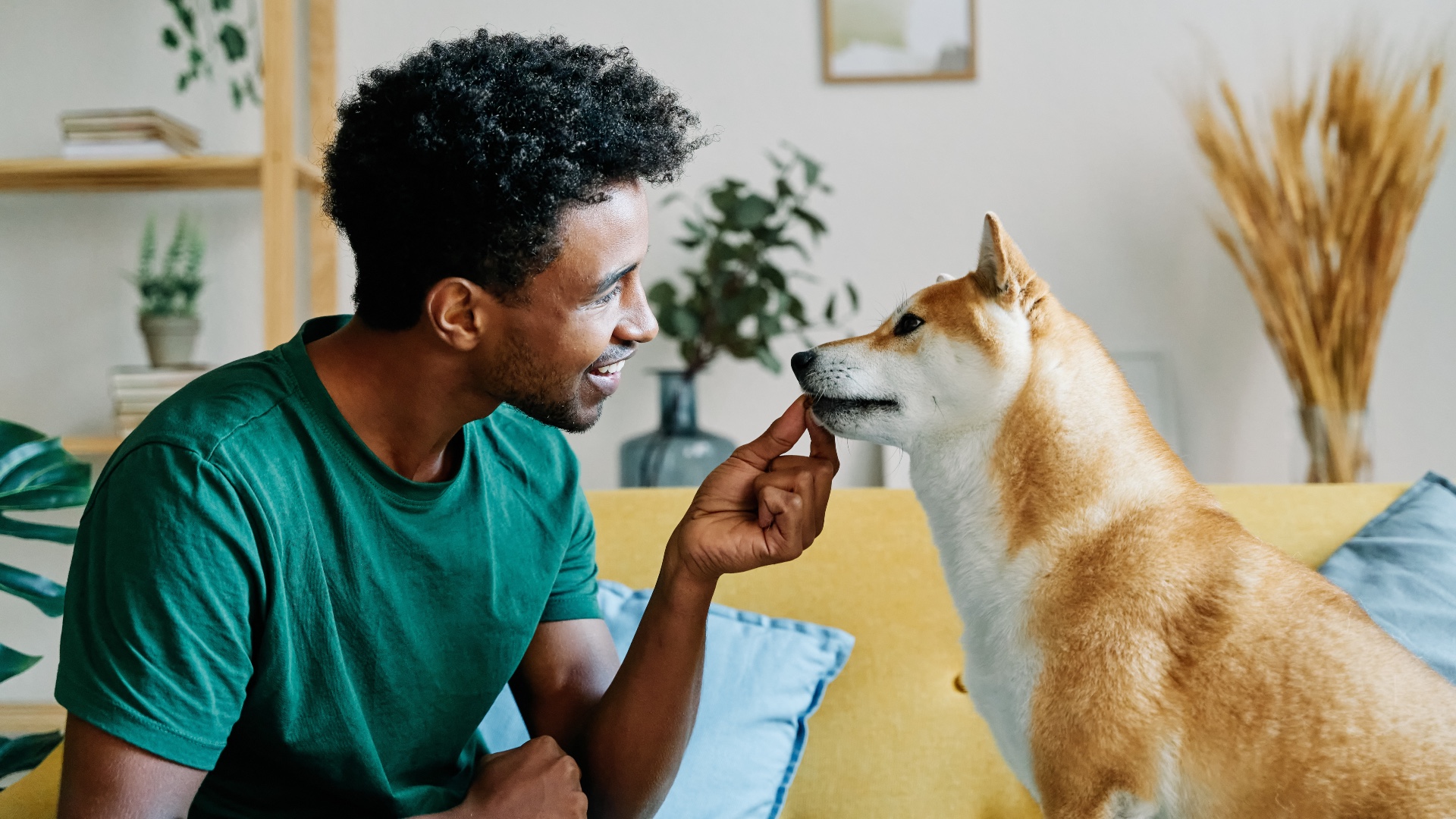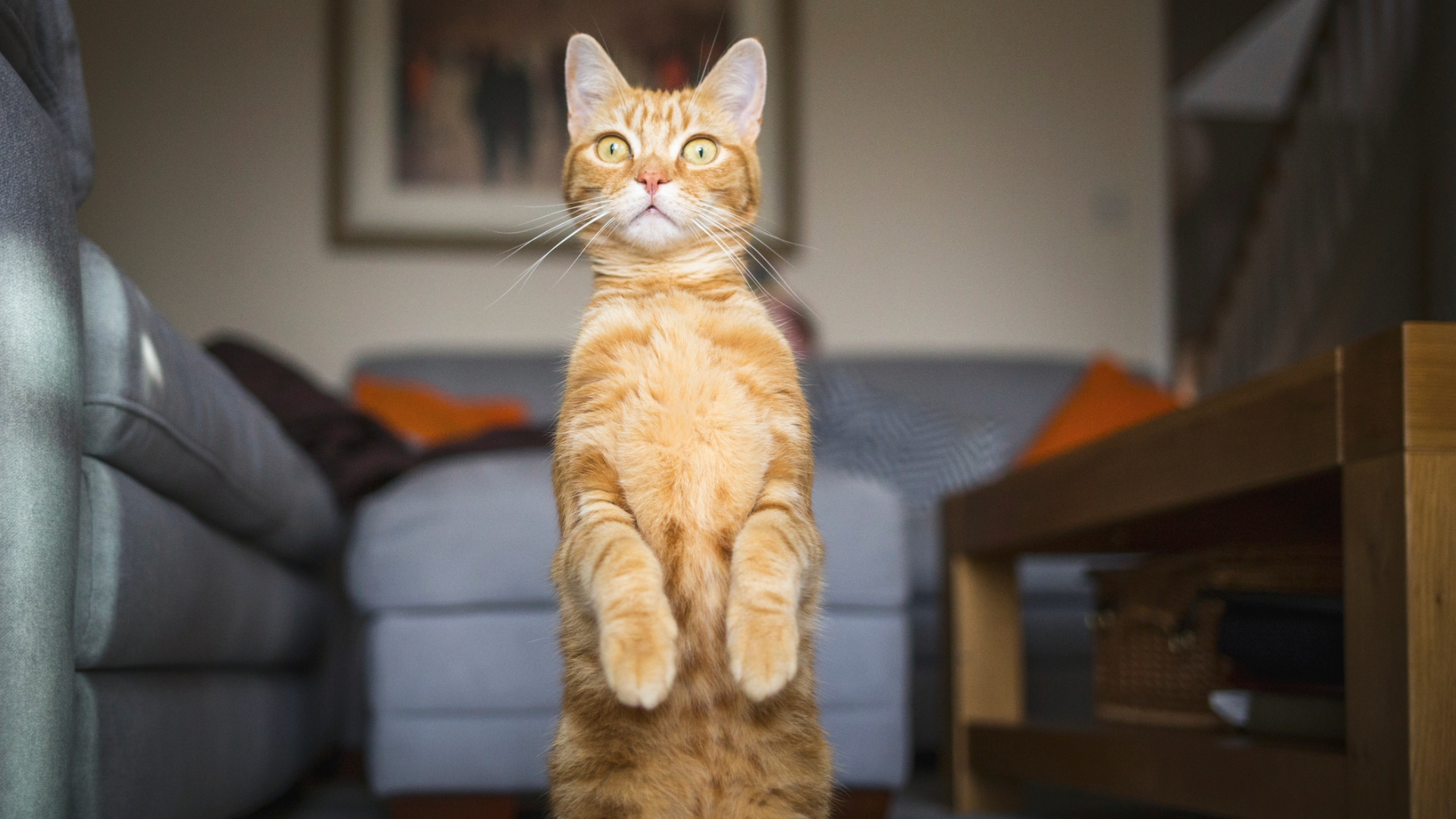Trainer shares tip for nailing stress-free walks with your dog, and it starts before you even leave the house
Trainer reveals how creating structure inside your home can help improve your dog's behavior when you're out and about together

Does your dog pull on the leash? Do they jump up and try to greet every passerby? Is their recall non-existent? If you answered yes to any of these questions, then training your dog to be better behaved and more obedient is likely high on your priority list.
While toys and the best dog treats are wonderful training aids that can help make learning new skills and behaviors fun and rewarding, expert dog trainer Miles Hamilton says most pet parents make the same common mistake when it comes to training.
In a video shared to TikTok Hamilton explains that we all want dogs that behave well when we're out and about, and yet we often forget that good behavior outside the home starts with structure inside the home.
@hamiltondogtraining ♬ original sound - Hamilton Dog Training
"Everyone wants a trained dog who can go outside, listen around distractions, be super well-behaved, but many people inside the house have no structure whatsoever," Hamilton explains.
Hamilton goes on to say that it's common for him to go into homes and see dogs being allowed to do whatever they want - something that works against us when we're trying to teach our dog's to be well behaved in the outside world.
"They jump on them, they jump on the counters, they jump on the couch, they bark out the window. It's a complete free-for-all, there's no rules whatsoever. The dog has no boundaries and you can't expect a dog who's not perfect inside the house to listen outside," he says.
That disconnect between what's allowed inside the home and what's expected outside can be very confusing for a dog, so Hamilton advises setting your house in order first before attempting to train your dog outdoors.
PetsRadar Newsletter
Get the best advice, tips and top tech for your beloved Pets
"You need to get some ground rules," he explains. A great place to start if your house is currently a free-for-all is managing the space. There are two tools we can use for this.
One is the crate. It controls the dog's space, it keeps them confined in a specific area and prevents them from doing all these destructive things and building bad habits. It's also very useful for when you're leaving the house for extended periods of time or if you're training separation anxiety."
Hamilton says that alongside learning how to crate train a dog, another great tool is to use a place board. "The place board teaches the dog to contain themselves mentally and helps develop their impulse control.
After mastering these two tools, Hamilton advises moving onto leash training inside the home, allowing your dog more freedom by giving them supervised access to additional space.
When you know how to deal with a badly behaved dog inside the home, you'll soon find their behavior improving outside the home. If you've been consistent with your training for several months but still find your pup is struggling to be obedient and well behaved, we recommend reaching out to a professional trainer for some 1:1 support.

Kathryn is a freelance writer who has been a member of the PetsRadar family since it launched in 2020. Highly experienced in her field, she's driven by a desire to provide pet parents with accurate, timely, and informative content that enables them to provide their fur friends with everything they need to thrive. Kathryn works closely with vets and trainers to ensure all articles offer the most up-to-date information across a range of pet-related fields, from insights into health and behavior issues to tips on products and training. When she’s not busy crafting the perfect sentence for her features, buying guides and news pieces, she can be found hanging out with her family (which includes one super sassy cat), drinking copious amounts of Jasmine tea and reading all the books.
